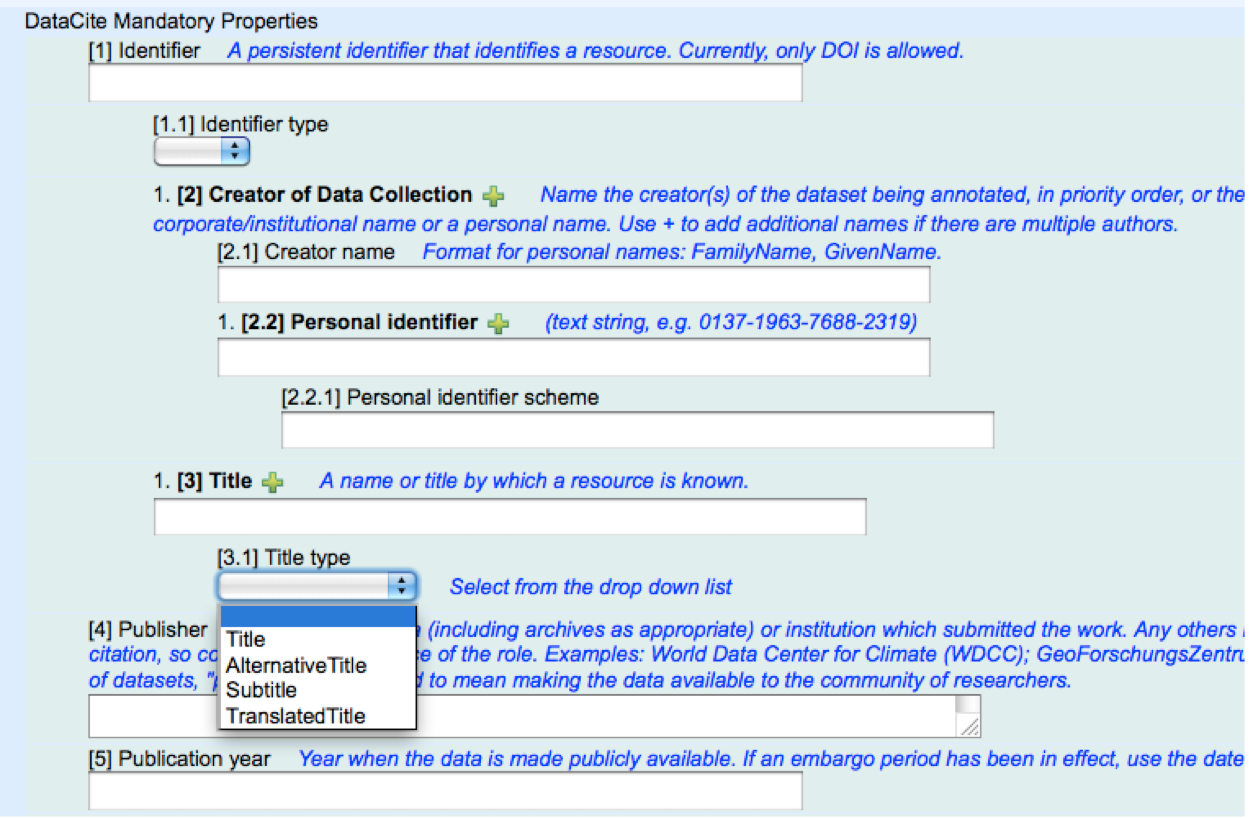What is Related Work? Related Work is a user-friendly Web application developed to provide a means of browsing citation links, as the basis for a planned recommendation service for the best articles to read.
[The text of this post was updated on 27-09-2013 and 04-04-2017 to reflect a new CrossRef metadata best practice document and a change in their URI.] Today I wrote an open letter to all scholarly journal publishers, available online here, entitled: Open your article reference lists for inclusion in the Open Citations Corpus. In this letter, I request that publishers open the bibliographic citation data in their journal
I am very pleased to announce that last year Ian Bannerman, Managing Director for Journals at Taylor & Francis, confirmed this publisher’s willingness to pilot the opening of the reference lists from articles in 29 of their subscription access journals, as well as from all of their current list of 15 Open Access journals, for inclusion in the Open Citations Corpus.

DataCite is an international organization responsible for the DOIs (Digital Object Identifiers) issued for research datasets. For each DOI issued, DataCite requires the data publisher to create and submit to DataCite descriptive metadata that can aid resource discovery.
The purpose of mapping DataCite metadata elements to ontology terms is to enable DataCite metadata to be published in RDF as Open Linked Data, enabling these metadata to be understood programmatically and integrated automatically with similar data from elsewhere.

In a previous blog post, I described the work that Silvio Peroni and I undertook in May 2011 to map the main terms from the DataCite Metadata Kernel v2.0 to RDF. To enable that, we created a ‘proto-ontology’, the DataCite Ontology version 0.2, that contained just the following four object properties: *
Bibliographic references are the links that knit together independent scholarly endeavours.
To accompany today’s publication in D-Lib Magazine of the article The Five Stars of Online Journal Articles – a framework for article evaluation highlighted in the previous post, I have today also published The Five Stars Ontology, a simple ontology written in OWL 2 DL that forms part of SPAR, a suite of Semantic Publishing and Referencing Ontologies.
I recently posted a brief description of an article entitled The Five Stars of Journal Articles, pointing to a preprint of this article in Nature Preceedings .
What a year it has been! Four key meetings were held during 2011, bringing together academics, computer scientists and scholarly publishers to discuss the future of scholarly communication.
